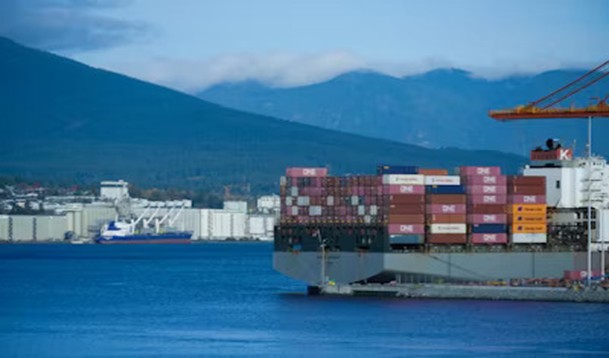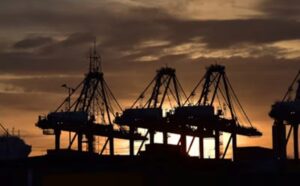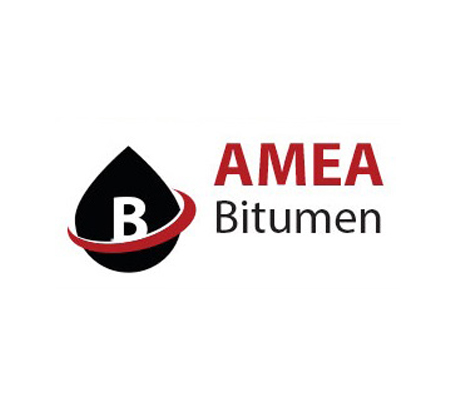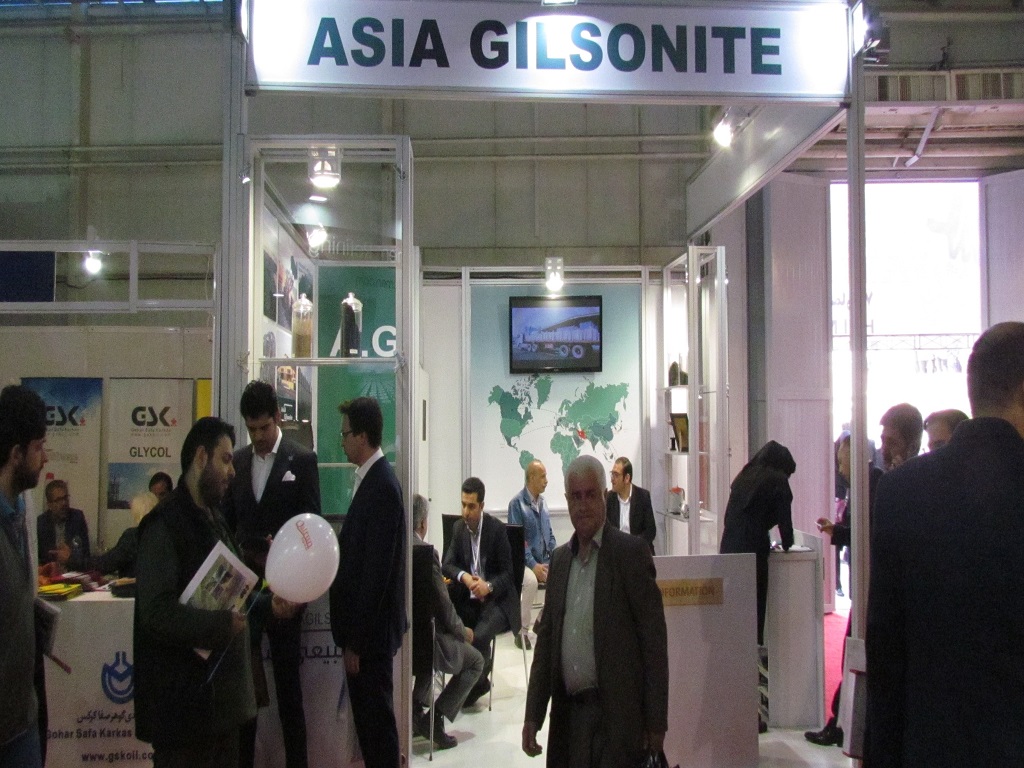Iran is home to some of the richest deposits of natural bitumen, known globally as gilsonite. One of the most promising areas for gilsonite mining in Iran is the Gilan-e-Gharb block, located in the Kermanshah province, which contains significant reserves due to its unique geological formations. With the right technology and strategic investment, Iran has the potential to become a global leader in the production and export of high-quality gilsonite.
Exploration for Gilsonite Mining in Iran: Key Regions and Techniques
The success of any mining operation begins with accurate exploration. In Iran, the Gilan-e-Gharb block has gained attention for its strong potential for gilsonite due to its complex and rich geological formations. These include the Gachsaran, Asmari, Pabdeh, and Gurpi formations, all of which are favorable for the formation of natural bitumen deposits.
To improve exploration accuracy and reduce risk, researchers and mining companies in Iran are increasingly using advanced exploration techniques. One such technique is the AHP-Fuzzy TOPSIS method. This decision-making tool helps geologists and engineers analyze multiple layers of geological, geophysical, and geochemical data to identify the most promising zones for mining. It allows for a more precise prioritization of exploration sites, which saves both time and cost while increasing the success rate of finding high-quality gilsonite.
Advanced exploration methods have significantly improved the success rate of gilsonite mining in Iran, especially in the Gilan-e-Gharb region.
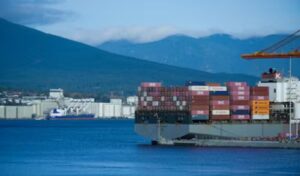
Processing and Quality Enhancement
For gilsonite mining in Iran to succeed globally, improving purity through effective processing is essential.
Gilsonite’s value in the international market depends heavily on its purity—particularly its ash content. Ash is the non-bituminous mineral residue left after combustion, and high ash content reduces gilsonite’s usability in many industries. For this reason, processing technologies that can lower the ash content are critical.
One effective method being used in Iran is froth flotation, a mineral processing technique that separates impurities from gilsonite. By introducing air bubbles and specific chemical reagents into a slurry of crushed gilsonite, ash particles attach to the bubbles and float away, leaving behind a cleaner product. With optimized reagents and techniques, froth flotation has been shown to reduce the ash content to below 5%, significantly improving the quality of the final product.
This higher-grade gilsonite is more desirable in export markets, especially for industries such as oil and gas drilling, where it is used as an additive in drilling muds and cementing systems. It is also valuable in the paint and ink industry, where purity and consistency are key.
Unlocking Export Potential through Gilsonite Mining in Iran
Natural abundance of gilsonite from Iran, combined with its strategic location in the Middle East, gives the country a clear advantage in the international market. With access to both land and sea transport routes, Iran can easily export gilsonite to nearby countries as well as to Europe, Asia, and beyond. According to recent research, Iran has one of the world’s largest reserves of gilsonite, placing it in a strong position to meet growing global demand.
To fully unlock this export potential, Iran must focus on building a robust processing infrastructure and adopting modern export policies. This includes developing partnerships with international buyers, improving packaging and quality control standards, and ensuring consistent supply. By doing so, Iran can strengthen its reputation as a reliable supplier of high-grade gilsonite.
How Asiagilsonite Is Shaping Gilsonite Mining in Iran
Among the companies leading this charge is Asiagilsonite, a prominent Iranian firm that specializes in mining, processing, and exporting gilsonite. Asiagilsonite is known for using cutting-edge technologies in both exploration and processing, ensuring that their product meets the highest international standards.
With clients in over 30 countries, Asiagilsonite has become a recognized name in the gilsonite industry. The company exports to North America, Europe, India, China, Turkey, and several countries in the Middle East and Central Asia. It provides customized gilsonite grades for various applications, including asphalt binders, drilling muds, waterproofing membranes, and more.
Asiagilsonite’s commitment to quality and innovation has helped build long-term relationships with international partners, reinforcing Iran’s role in the global export gilsonite market.
Challenges and Strategic Considerations
Despite its vast potential, Iran’s gilsonite mining sector faces several challenges. These include:
- Limited access to modern technology in some mining operations.
- Infrastructure constraints, such as roads, logistics, and electricity in remote mining areas.
- Regulatory issues, including unclear export policies and investment restrictions.
- Lack of foreign investment due to geopolitical concerns.
To overcome these challenges, Iran must adopt a more strategic approach. One useful tool is SWOT analysis (Strengths, Weaknesses, Opportunities, Threats), which helps policymakers and industry leaders understand the internal and external factors affecting the sector. For example, while Iran has strong natural reserves (strength), it must deal with limited investment (weakness), increasing global demand (opportunity), and political sanctions (threat).
Solutions may include technology transfer agreements, public-private partnerships, investment in infrastructure, and policy reforms to attract both domestic and foreign capital.
Final Thoughts
In summary, gilsonite mining in Iran presents a unique opportunity to transform the country into a global leader in natural bitumen production and export.
Iran’s gilsonite sector has the potential to become a key player in the global mining and industrial materials market. With rich natural resources, innovative companies like Asiagilsonite, and growing international demand, the country is well-positioned for success. However, realizing this potential will require continued investment in exploration, processing, and infrastructure, as well as stronger international cooperation and modernized export strategies.
By addressing current challenges and building on its strengths, the gilsonite Iran produces can become a global benchmark in quality. This transformation would not only support the country’s economy but also establish Iran as a trusted supplier in the international gilsonite trade.

